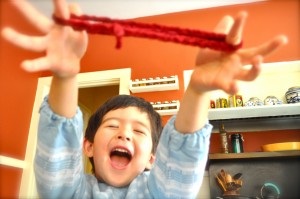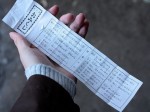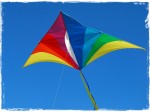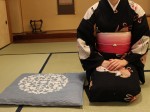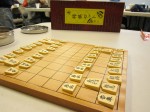Ayatori !! With just a strand of string
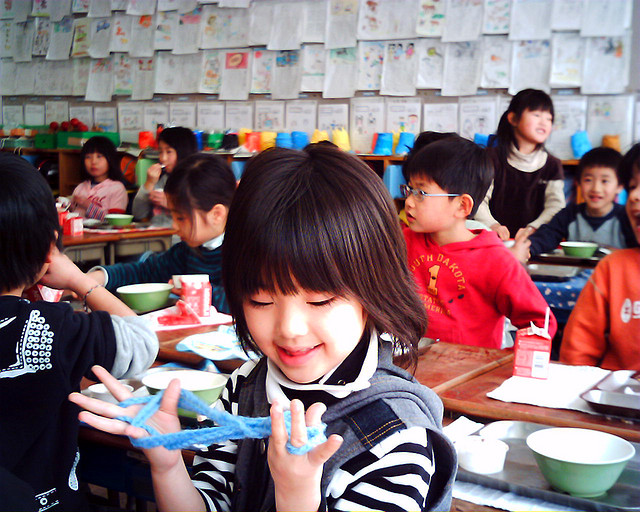
‘Ayatori’,has been traditionally regarded as a pastime for girls, but lately it has permeated audiences of all ages and genders.
In Japan Ayatori is played by one or two players, but around the world there are many variations where the game is played by multiple players, the string is manipulated using the wrist, feet, or mouth. In some places, fortune tellers use a form of ayatori to tell fortunes.
The history of Ayatori is unclear. It is commonly accepted that the game emerged naturally in many regions, rather than a single origin.
Before the birth of characters, some cultures used the art form to communicate and record history.
In Japan, ithere are records of ayatori in an encyclopedia compiled by Saikaku Ihara, during the Edo period.
Ayatori has been a subject of anthropological research since the late 19th century, and to date, versions of ayatori has been recorded in parts of East Asia, Australia, the Pacific Islands, North & South America, Africa, Europe, West Indies, and Arctic regions.
To preserve and revive this cultural tradition, Jthe Japanese String Figure Association was established in 1978, International String Figure Association (ISFA) was established in 1993.
In the famous cartoon, ‘Daoraemon’, the main character ‘Nobita’, boasts ‘Ayatori’ as his specialty.
Click below to watch a display of ayatori!

